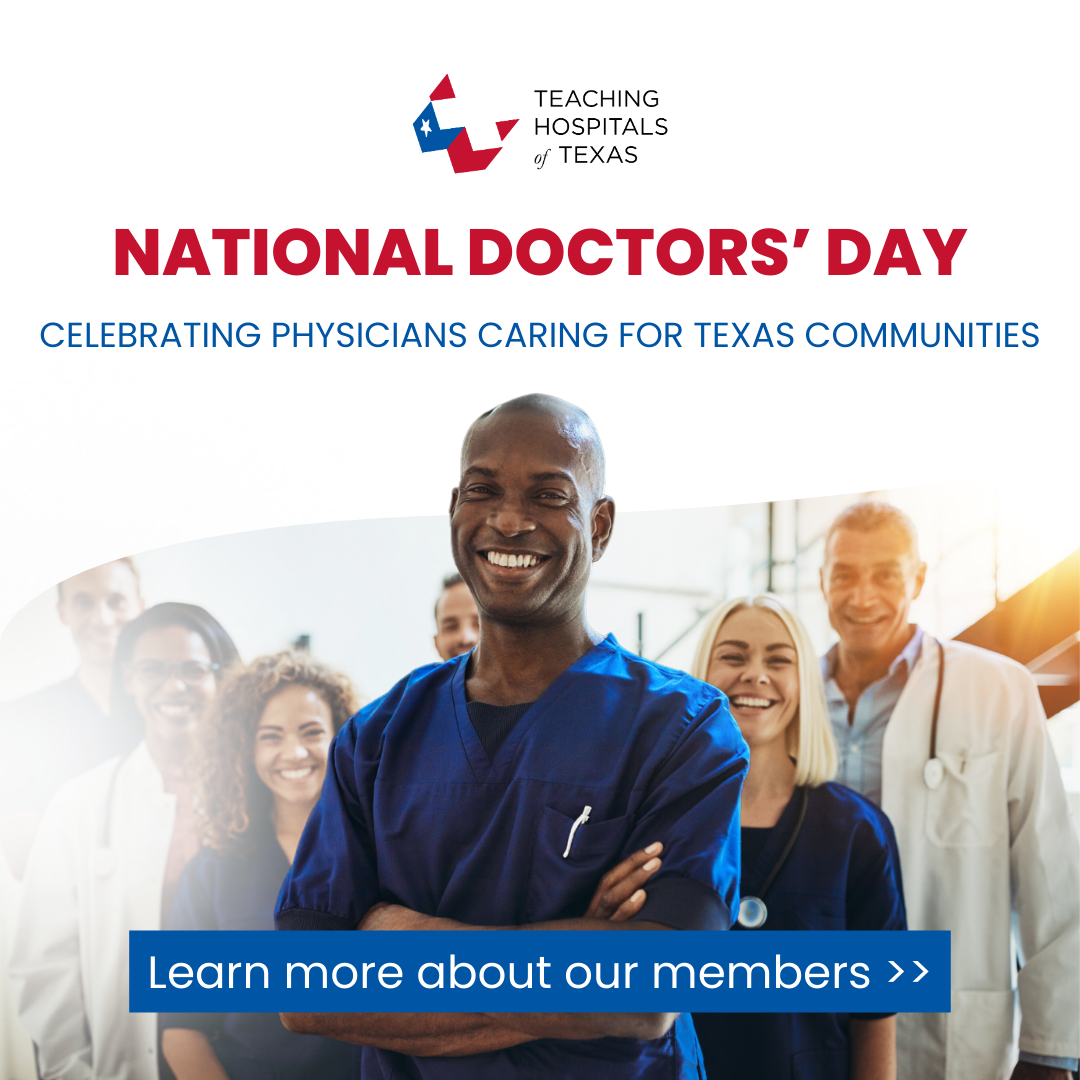Communities with academic medical centers (AMCs), or teaching hospitals, have better outcomes for patients at all hospitals, according to an analysis of more than 22 million hospitalizations of Medicare beneficiaries published in the Feb. 1 JAMA Network.
The article’s authors conclude that “[academic medical centers] may have spillover effects on outcomes for patients treated at non-AMCs, suggesting that they have a broader impact than is traditionally recognized.” The better outcomes include 30-day and 90-day mortality rates and number of “healthy days at home.” Overall, treatment in a market with high AMC presence (defined as managing more than 35% of the market’s hospitalizations) was associated with a statistically significant 0.7% lower mortality compared with a market with no AMCs. In addition, there were 1.25 more healthy days at home at 90 days post-hospitalization in markets with high AMC presence compared with markets with no AMC presence.
The authors attribute the positive spillover effects to teaching hospitals sharing clinical staff, disseminating care protocols, and serving as a source of newly trained physicians as well as to patients in communities with teaching hospitals having better access to clinical trials and other care advances.
Texas’ teaching hospitals are in every corner of the state providing the most advanced care to all patients; conducting research; training the next generation of physicians, nurses, therapists, and many other clinicians and non-clinicians needed for modern hospital care; and investing in models of care delivery to prevent illness and hospitalization.
Read the full JAMA Network article here. Learn more about the wide-ranging work and investments of Texas’ teaching hospitals across the state here.




